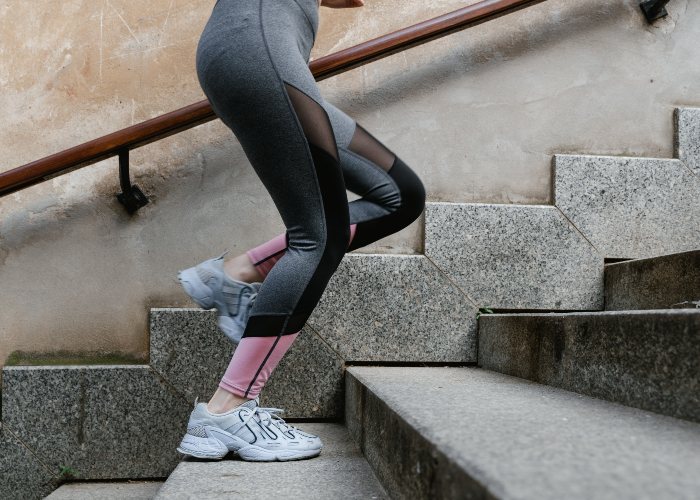

Functional training involves exercising muscle groups important for activities of daily living (ADLs). These exercises can also be done anywhere that offers sufficient space (i.e. your living room, back yard, a park, your garage, pool or in the gym.
Functional training exercises are typically compound movements, therefore, they cross multiple joints and work various muscle groups simultaneously. They typically activate core strength and stability within the body.
All of this makes activities of daily living (ADLs) easier and decreases the chances of injury. Examples of ADLs include bathing, ascending/descending stairs, gardening, picking up something off the floor, and playing with grandchildren.
How to define non-functional training.
The vast majority of gym-goers don’t practice functional training, and that is FINE.
Utilizing most muscle strengthening machines at the gym, such as the tricep extension, leg extension, and the hamstring curl machines are not functional. They usually only cross one joint and work just one muscle group. They are also fixed; therefore, they don’t work the muscles of stability.
Muscles of stability free-weight exercises, such as the bicep curl, are not functional for similar reasons. Nevertheless, these types of exercises are still effective. Hyper focusing on certain specific muscle groups throughout the week and completely neglecting others is not a good idea. There is, however, nothing wrong with working out every major muscle group but hyper focusing on certain groups, if that’s your jam.
Bench pressing twice your body weight like most body builders do at the gym is not functional and it places enormous stress on the body. On the other hand, bench pressing lighter weight (10-20 repetition max, for example) could be considered functional training because it works multiple muscle groups and is not a fixed machine. A more functional exercise than this one could be a pushup. If you cannot do a pushup, there are modified pushups you can easily do anywhere. The next paragraph will explain this in more detail.
5 simple, fundamental, and effective functional fitness exercises you can do at home:
-
WALL PUSHUP:
It is safe to say that most people know what a pushup is. However, there are several variations, particularly for those who cannot or don’t feel comfortable doing a regular floor pushup.
The wall pushup is very easy and is great for those who are new to fitness, have sustained a shoulder injury in the past or are very weak and deconditioned. The closer your feet are to the wall, the less resistance you are going to get. I would recommend starting with this if you are deconditioned or have other health issues.
To start, place your feet and hands shoulder width apart, then proceed to the pushup at chest level. The pushup works primarily the chest muscles (pectoralis major), the elbow extensors (triceps), and shoulders. The closer together your hands are, the less you will work your chest muscles and the more you will work your arms.
So a good way to do these is to start with 10 regular pushups, then 10 close-grip ones, for example.
I’ve noticed that on occasion, some of my patients have had trouble doing these with their hands flat on the wall. It’s perfectly fine to do this with your knuckles instead.
KNEELING PUSHUP: In this case you will kneel on the floor. The kneeling pushup is a little more advanced than the wall pushup but is essentially the same concept. Make sure you kneel on something soft, like a mat, as to not put unnecessary strain on the knees.
-
CHAIR SQUAT AKA SIT TO STAND EXERCISE:
The chair squat is a modified squat that works the same muscles as a regular squat. This exercise works primarily the buttocks, core, hamstrings, and thighs.
You simply stand up from a sitting position in multiple repetitions without pushing off. Make sure you are sitting closer to the edge of the chair when doing this repetitively. If this is too difficult, you may push off from your lap or a chair with arms or you can sit on higher surface.
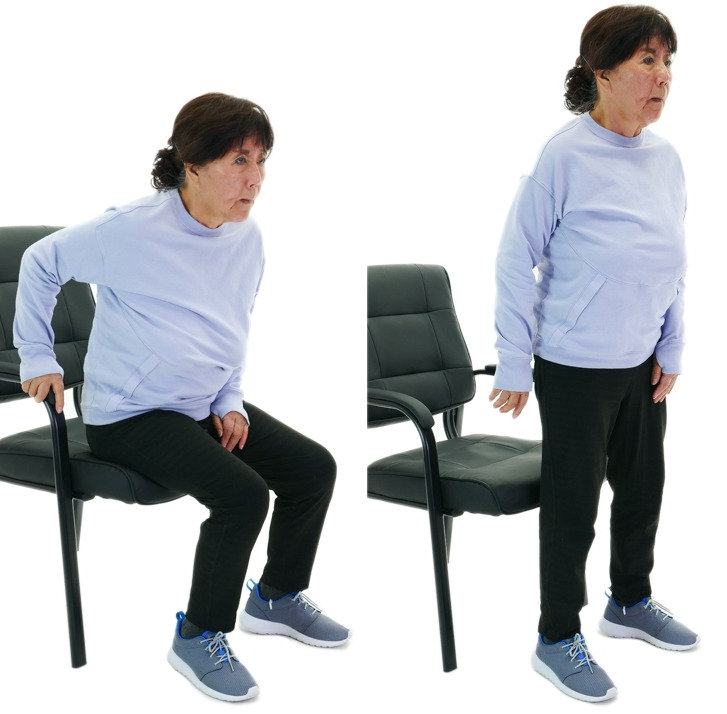

Sit to stand from a chair. You may push off from the chair arms if you need support.
On the flip side, if it is too easy, you can try putting a pillow or rubber ball between the knees and squeeze while doing this.
You could also stand up from a lower surface to increase the difficulty. To avoid strain on the knees, make sure your knees are not going over past your toes.
-
STAIR CLIMBING:
It couldn’t seem any simpler than this one. This is very ideal if you live in a two-story home, have a basement, or regularly visit somewhere that has stairs.


Stair stepping is a great exercise. Hold onto a railing for support.
Most gyms have stair climbing machines as well. However, these can be quite difficult to get onto and off of if you lack strength and balance, and serious injury can occur if you fall off! Stair climbing is a compound exercise so it works most of the muscles in your legs and hips, sort of like doing squats or lunges.
If going up a flight of stairs is rather easy for you, then go up and down repetitively until you begin to fatigue and feel the muscles working in the legs.
You can even go up sideways to challenge your balance even more and work different muscle groups such as the hips. As we age, our hip abductors (hip muscles that bring the legs out to the side) often become significantly weaker than the rest of the surrounding muscles due to lack of use. This can be countered with exercises and activities which target the hips. The next paragraph will expand on this.


Side stepping up and down stairs. Holding on to the railing for support is highly recommended.
-
SIDE STEPPING:
The sidestep strengthens the gluteal muscles or the hips and improves your balance. It is as simple as walking sideways, however, good form is key here. While side stepping, try to keep your body AND feet facing forward at all times, and take small steps. If your toes tend to point out to the side when doing this, your hips are likely weak and/or your stride is too big. If this happens, concentrate on keeping the toes pointing forward. You will feel the fatigue in your hips and that’s a good thing.
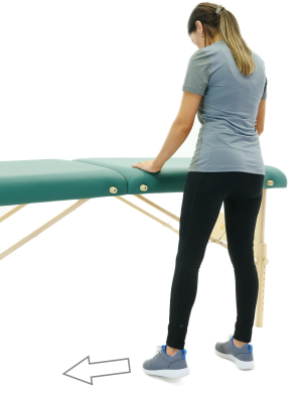

Basic side step exercise. Use countertop, rail, or wall for support, if necessary
I frequently have my home care patients do this activity and the majority exhibit significant weakness to some degree. If you have balance problems, start this activity at a countertop, railing, or somewhere where you have support for safety.
If this is easy for you, try adding ankle weights or tie an exercise band around your thighs or ankles.
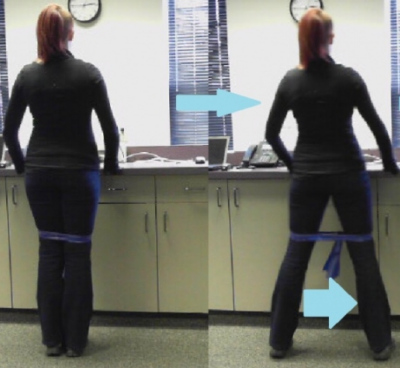

Side stepping with a resistance band or ankle weights for an increased challenge
-
BRIDGE EXERCISE:
This is an extremely effective and powerful exercise that targets the core, low back, hamstrings and gluteal (butt) muscles, by strengthening primarily the lumbar extensors and gluteus maximus (the muscles of the low back and buttock, respectively)
Start by lying on your back with your knees bent and your arms in a comfortable position. Slowly squeeze and lift the butt a couple inches, then slowly let it back down. Start off with 10-20 reps or stop when the muscles are feeling fatigued.


Bridge exercise to work mainly the core, hamstrings, buttocks and low back
You can even place a pillow or rubber ball between the knees and squeeze while doing this exercise to also activate the adductor muscles (muscles of the inner thigh, the groin).
If this exercises is painful or too difficult, you can modify it by straightening your legs, gently thrusting your hips upward, and performing ‘butt squeezes’.
It’s never too late to begin exercising; a little bit goes a long way and is better than nothing! Try to make it as fun as possible, like having a workout partner or playing music while you do it (I ALWAYS listen to tunes during my workouts.) If you lack motivation, just do something physical that you enjoy. Start small and break up workouts to increments of 10-20 minutes, if a longer duration workout is too mentally taxing. Take a stroll in the neighborhood and add in some side stepping before you begin and when you get home, for example. If you have access to a pool, take full advantage! Just walking forward, backward, and sideways at a leisure pace is sufficient. Ride your bike or do some gardening. Make fitness a ritual. Exercise should be lifelong and a crucial part of your journey in life. You’re not too old and it’s never too late to begin!
About the author : DynamicWellnessRx
2 Comments
Leave A Comment
Join our mailing list today
Insider offers & flash sales in your inbox every week.
Curabitur non nulla sit amet nisl tempus convallis quis ac lectus dolor sit amet, consectetur adipiscing elit sed porttitor lectus.

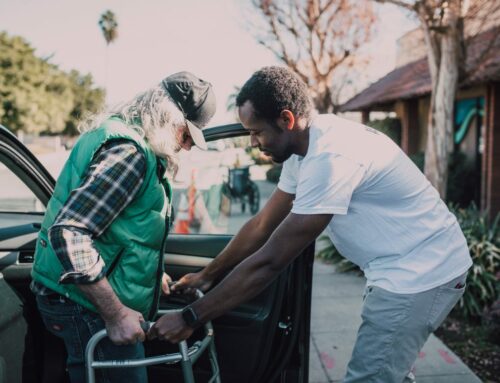
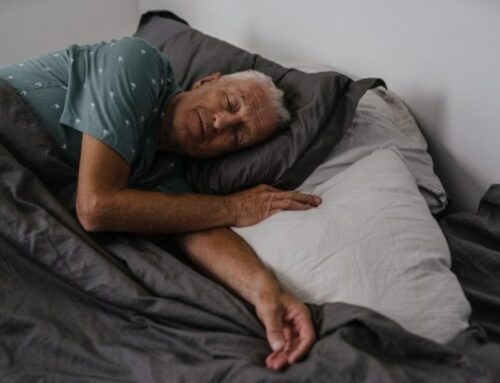

Exactly!
Itís hard to come by knowledgeable people about this subject, but you sound like you know what youíre talking about! Thanks